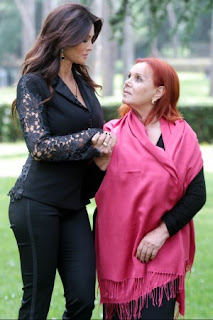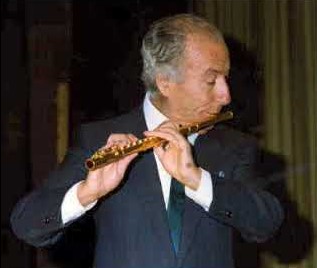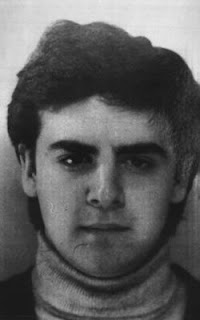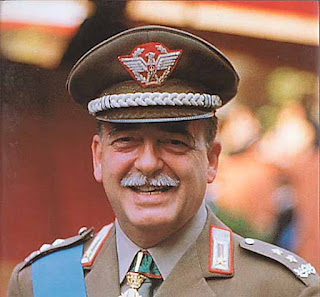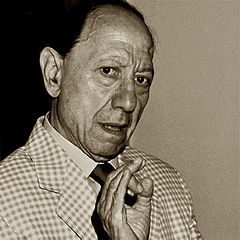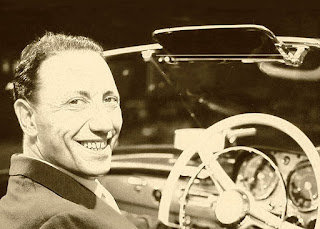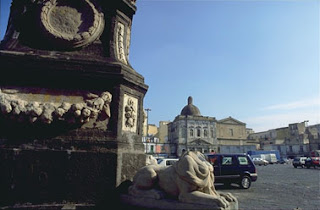Intellectual regarded as foremost 20th century commentator
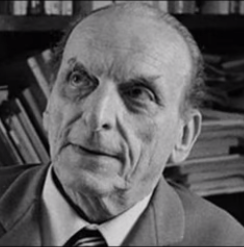 |
| Norberto Bobbio was a university professor and a forthright political commentator |
He was 94 and had been in hospital suffering from respiratory problems. His funeral was attended by political and cultural leaders including the then-president of Italy, Carlo Azeglio Ciampi. He had been writing essays well into his 90s, despite for much of his life suffering from bouts of what was described as “fatigue and melancholy”.
His extensive catalogue of work spanned almost seven decades of Italian political life and societal change from the rise of Fascism in the 1930s to the second premiership of Silvio Berlusconi, of whom he was an outspoken critic.
For much of his career, Bobbio was a professor at the University of Turin, where he was chair of philosophy of law from 1948 and, from 1972, of the faculties of legal and political philosophy and political science.
He was made a Life Senator in 1984, although he stayed away from playing an active role in Italian politics after failing to gain election to the parliament of the new Republic in 1946, standing on a liberal-socialist ticket. Later he confessed that he was much relieved when a move to make him President in the 1990s did not succeed.
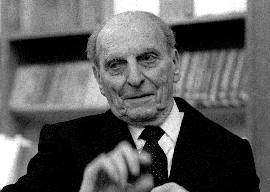 |
| Bobbio was part of a famous group of Turin intellectuals who opposed Fascism in the 1930s |
Right and Left was an analysis of left-right political distinctions, in which he argued that the incompatibility of the two poles boiled down to the Left's belief in attempting to eradicate social inequality, set against the Right regarding most social inequality to be the result of inherent natural inequalities, and seeing attempts to enforce social equality as utopian or authoritarian.
Bobbio was born into a middle-class Turin family, the son of a doctor whose attitude to Fascism was that, set against Bolshevism, which was gathering pace in Italy at the time, it was the lesser of two evils.
His own political thinking was influenced by the group of friends he made at the Liceo Classico Massimo d'Azeglio in Turin, where he became part of the intellectual movement that included the novelists Cesare Pavese and Carlo Levi, his future publisher Giulio Einaudi, the critic Leone Ginsburg and the radical politician Vittorio Foa.
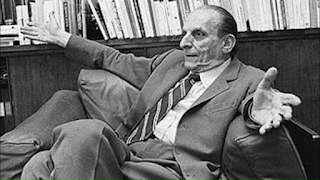 |
| Bobbio argued in favour of the 'historic compromise' between the Communists and the Christian Democrats in the 1970s |
He was imprisoned again in 1943, this time by the Germans, after the illegal political party of which he was a member, the Partito d’Azione - the Action Party - became involved in resistance activity. Arrested in Padua, he was released after three months.
The party - for a while the main non-Communist opposition group - lacked popular support, however, and Bobbio failed in his bid for election to the assembly of the new Republic in 1946, after which he devoted himself to his academic life, taking positions at various universities teaching the philosophy of law.
Throughout his intellectual life, he was a strong advocate of the rule of law, and although by nature a socialist, he was opposed to what he perceived as the anti-democratic, authoritarian elements in most of Marxism. He was a strong supporter of the so-called 'historic compromise' - the proposed coalition of the Italian Communist Party and the Christian Democrats in the strife-torn 1970s - and a fierce critic of Silvio Berlusconi, whom he accused of presiding over a moribund political system that lacked idealism and hope.
 |
| Turin is famous for its beautiful royal palaces |
Turin was once the capital of Italy. It has a wealth of elegant streets and beautiful architecture, yet over the years has tended to be promoted less as a tourist attraction than cities such as Rome, Florence, Milan and Venice, possibly because of its long association with the Savoy family and subsequently the Italian royal family, who were expelled from Italy in disgrace when Italy became a republic at the end of the Second World War, their long-term unpopularity with some sections of Italian society compounded by their collaboration with Mussolini’s Fascists. Yet there is much to like about a stay in Turin. Aside from the splendour of the royal palaces, it has an historic café culture, 12 miles of arcaded streets and some of the finest restaurants in northern Italy.
| Rivalta di Torino, looking towards the castle |
Norberto Bobbio was laid to rest at the cemetery in Rivalta di Torino, a small town in Piedmont, located about 14km (9 miles) southwest of Turin in the Sangone valley. It is home to a medieval castle, which formed the heart of what was then a village in the 11th century. The castle and the village were owned by the Orsini family - long-standing Italian nobility dating back to medieval times - until 1823. In 1836, the French writer Honoré de Balzac was guest at the castle of its new owner, Count Cesare Benevello, as is recorded in an inscription on the wall.
More reading:
How Cesare Pavese introduced Italian readers to the great American novelists
Why the murder of Aldo Moro ended hopes for a 'historic compromise'
Giulio Einaudi - the publisher who defied Mussolini
Also on this day:
1878: The death of King Victor Emmanuel II
1878: Umberto I succeeds Victor Emmanuel II
1944: The birth of architect Massimiliano Fuksas
Home

